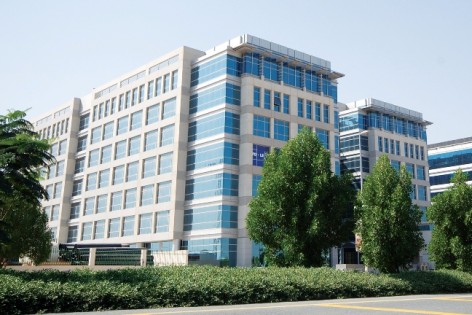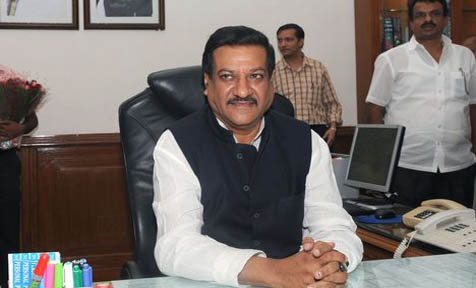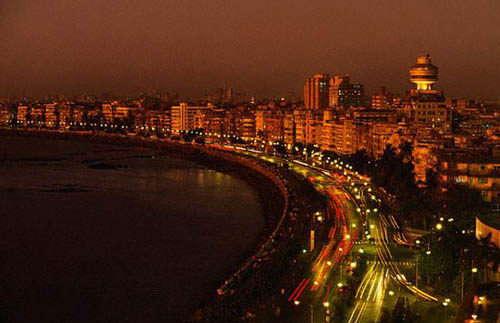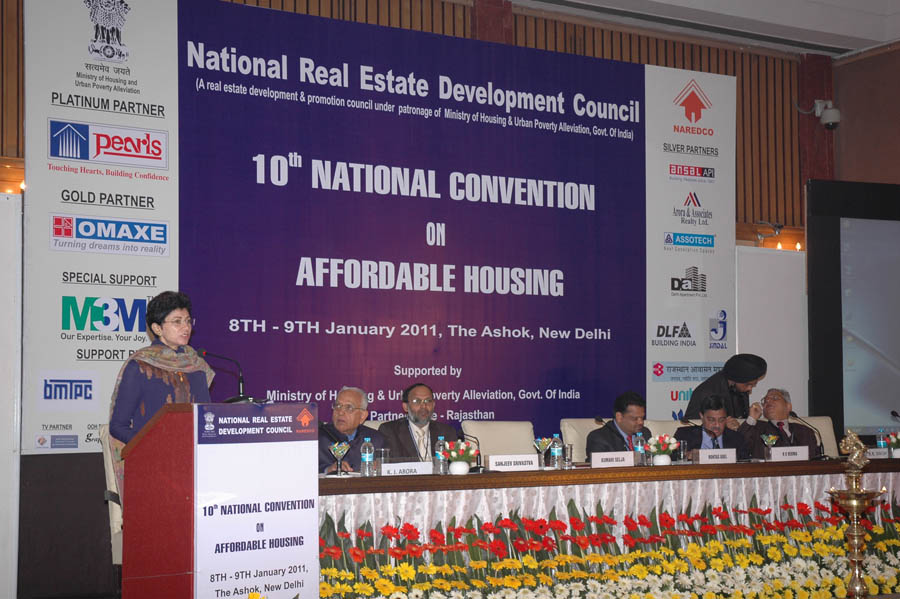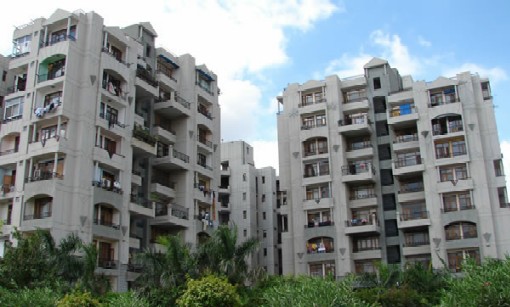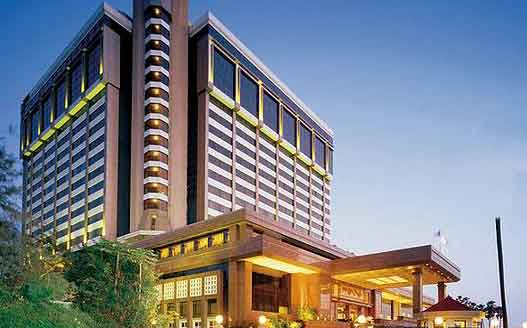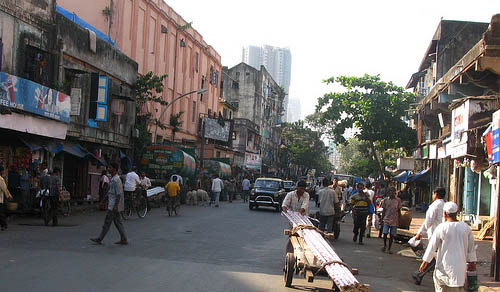
The world’s largest and Mumbai’s oldest Red Light District ‘Kamathipura’ known for its kothas that is brothels engaged in flesh trade is now turning golden with the increasing interest of the real estate developers there. Thanks to the Mumbai police that the increasing pressure on brothels under the Immoral Traffic Prevention Act have compelled the operators to shut the brothels and move to suburban area like Navi Mumbai for resettlement; making way for the real estate developers to plan out commercial complexes in the area.



